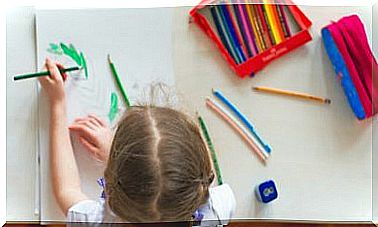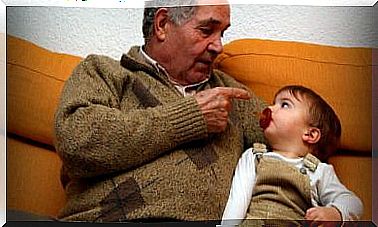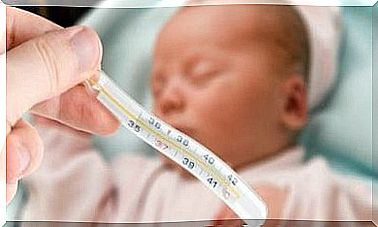Depression In Children
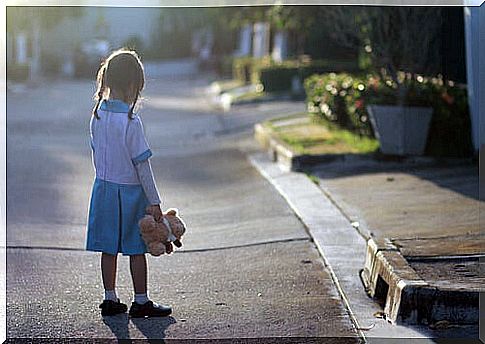
At first it may seem that, because they are immersed in an environment of play and mischief, children cannot become depressed. But the reality is quite different.
Depression in children exists and is a disease. Even newborns can be victims of this disorder capable of shattering the strongest feelings of happiness.
The biggest problem with this childhood pathology is that it can go unnoticed.
Sometimes not even the children understand what is happening. They face emotions and feelings that they cannot express, much less bear. And while for some people their actions are a sign of openness, they are actually symptoms of a dangerous emotional disturbance.
- Apathy.
- Aggression.
- Nostalgia.
- Demotivation.
- Low self esteem.
- Mood swings.
These are some of the clearest signs of depression in children. However, there can be much more to it than that. Personal conflicts, psychological changes and illness can hide behind depression for a long time.
What causes depression in children?
Brain chemistry, biology, life experiences, physical health… Many factors lead to depression. But in children there is a factor that makes them more vulnerable: their immaturity for controlling emotions.
Associated risk factors:
- The environment (social and family) .
- Genetic predisposition. Clinical studies have shown that children of parents with depression are four times more likely to also be diagnosed with this illness.
Children raised in dysfunctional homes are also more likely, as are those who have received an inadequate education.
A child who cannot tolerate frustration or who is used to demanding rewards for his actions may experience depression at some point. On the other hand, children who are mistreated or abused, or who face a loss, are also prone to depression.
How to determine if a child is depressed?
Depression in children may have clinical and emotional evidence. Sadness is one of them, but it is not the most significant.
It is spoken of a picture of depression when for more than 2 consecutive weeks (and without the effect of any substance) one or more of the following symptoms are presented:
- Feelings of guilt.
- Hostility, irritability or anger.
- Self-destructive intentions or ideas.
- Physical illnesses without medical explanation.
- Changes in weight without apparent cause.
- Feeling of emptiness, hopelessness.
- Agitation or inhibition of psychomotor activity.
- Sleep problems or difficulty concentrating.
- Apathy, loneliness, negativity, tendency to cry or scream.
- Inability to have fun at school or on leisure days.
- Discouragement, lack of energy, not wanting to talk, poor school performance.
Babies get depressed too
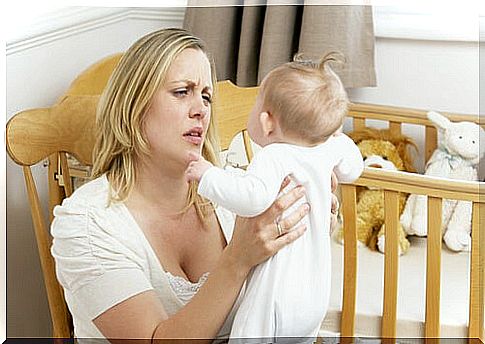
When they reach the world, babies seek to attach themselves to the people who provide them with shelter and survival. They feel happier as their bonds become more satisfying.
If, far from receiving love, they encounter rejection and lack of affection (especially from the mother), depression will be present. Like? With apathy, inhibition of crying, lack of laughter, lack of response to stimuli and attachment to strangers.
If an eight-month-old child would rather be on a stranger’s lap than on a parent’s lap, something strange is happening. The same thing happens if the baby is quiet, unwilling to explore the world around him or, worse, with developmental delays.
If at 17-18 months you still can’t walk or at 2 years old you haven’t said a word, you may also be depressed. Usually this situation is related to depressed parents.
How to diagnose and treat depression in children?
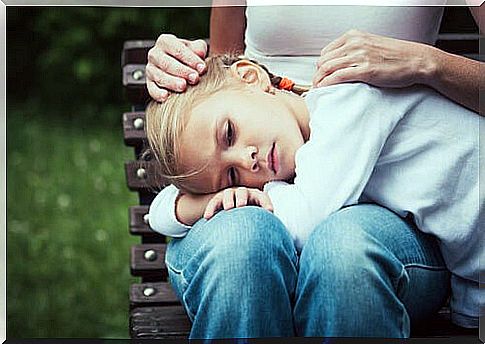
There is no specific method to identify depression in children. Conversations, questionnaires and consultations with mental health professionals will make it possible to establish a diagnosis. There are strategies suitable for every age.
There are dynamic and systemic therapies to identify pathological parameters of interaction. And, from then on, the appropriate techniques to face the situation will be chosen. In some circumstances they may be accompanied by medication.
Adult understanding is essential. The affection, respect and encouragement of social relationships with children of the same age are fundamental.





